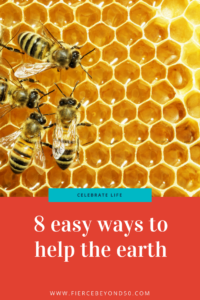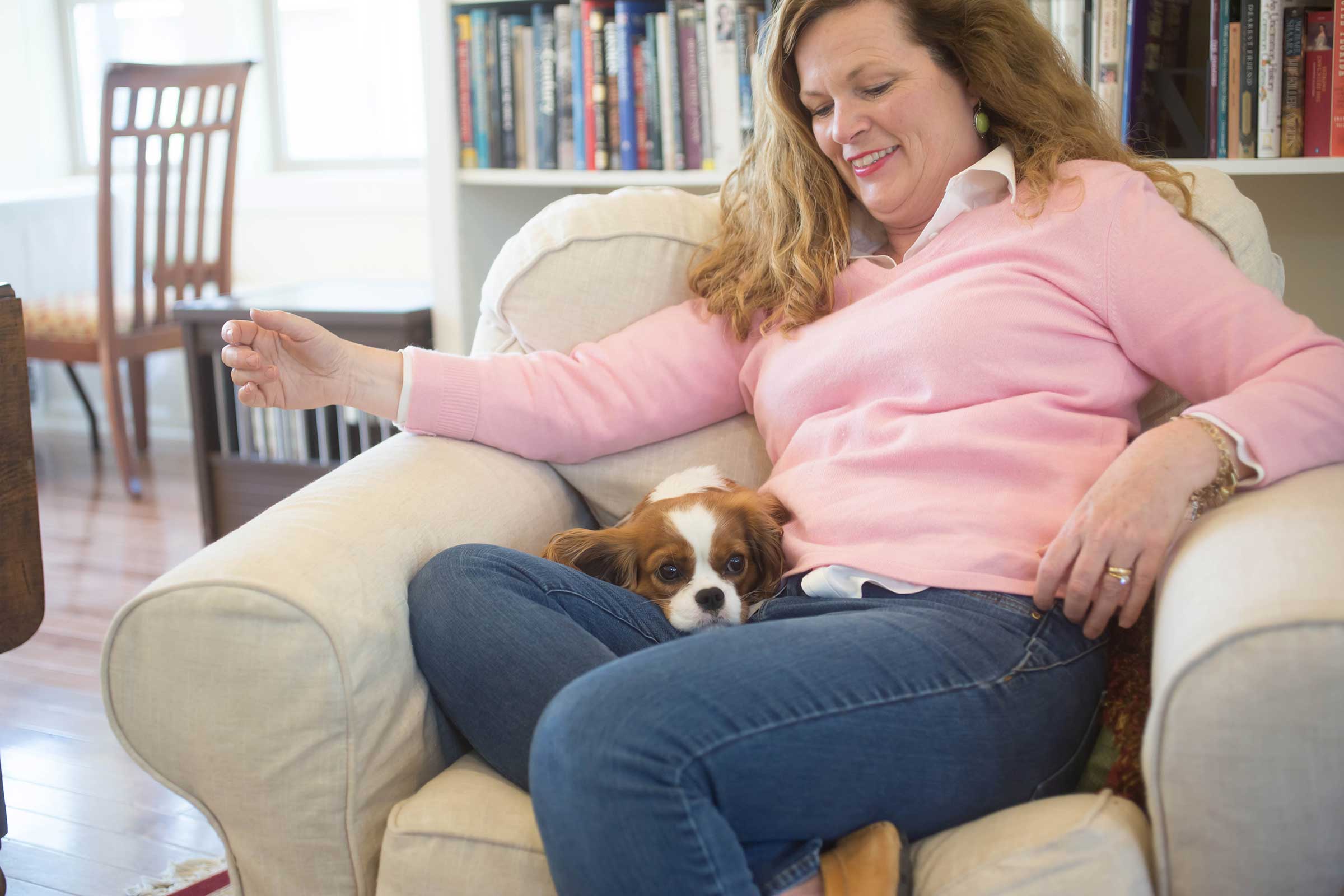This post may contain affiliate links. Full disclosure policy
This post may contain referral links. If you click through and take action, I may be compensated, at no additional cost to you.
Recently, I attended a fascinating event at my local nature center – a honey tasting!
(Who knew that was even a thing?)
When I buy honey, I usually get whatever brand is on sale because, in my opinion, honey is honey. There’s a reason for that. Most commercially available honey is clover honey, which means that the bees that made it were feeding on clover. That’s why, no matter the brand, the honey tastes pretty similar.
However, depending on what flowers the bees were feeding on, the honey they produce can taste really, really different! During the tasting, I tried clover honey, blackberry blossom honey, orange blossom honey, and even buckwheat honey! (Blackberry honey is delicious. Buckwheat? Blech. But bees seem to like it.)
Tasting different kinds of honey was fun but the real purpose of the evening was to educate the audience about pollinators, especially bees.
Bees play a very important role in helping plants to grow, including the crops that all of us eat. While scientists can’t point to one specific cause, they do know that bee populations have been decreasing in recent years. That’s bad news for bees but also for us.
Okay, wait. Let’s just pause here for a moment, shall we?
If you’re like me, you reading stuff like this just make you feel depressed, and guilty, and like you want to close the post and look for a more cheerful online activity, such as watching a video of cats playing the xylophone or taking a Buzzfeed quiz to find out which character from the Wizard of Oz you are.
Hey, I get it. You’re just one person. So am I.
It’s not that we don’t care about bees, or the food supply, or the planet but honestly…what are we supposed to do about it?
I’m right there with you, my friend. Or I was, until the very smart woman who was hosting the honey tasting shared one incredibly interesting and encouraging factoid.
What I Learned From a Honeybee Expert
In it’s entire lifetime, a bee produces about 1/12th of a teaspoon of honey.
Isn’t that crazy? That means that, on my morning toast, or in my bowl of oatmeal, I am consuming the life’s work of something like twenty-four to thirty bees! For me, that was kind of mind-blowing. And it made me more appreciative of and grateful for bees.
It also got me thinking.
If each bee, by doing its tiny part in the pollinator universe, can have such an impact through its small but meaningful contribution of honey, then what kind of impact might I have – might you have – might WE have – if we each committed to doing a few simple things to help, bless, and support the environment?
If you think about this in terms of bees, the answer is a lot!
When I got home from the event, I did a bit of research on small changes I could make that could add up to change for the better when it comes to the environment.
There were SO many possibilities that it was a little overwhelming! Ultimately, I chose eight ways to help the earth that I felt certain I could commit to. Some of the changes I am making are the farthest thing from a sacrifice. Wait until you read about the first one. It’s actually going to make your life easier and save you a lot of time
8 Ways to Help the Earth with a Honeybee Mentality
Do Less Laundry
Okay. Before you say, “Ewww,” and scroll down, hear me out.
Most of us wear an outfit of a few hours, toss it into the hamper, and eventually take it to the laundry room where we wash an essentially clean piece of clothing. Rather than throw everything you’ve worn that day immediately into the hamper, take a second to decide if it really needs to be washed. If the answer is no, hang it back up to wear again another day. You’ll save water, electricity, and time.
And who doesn’t love that?
(Unless, you actually enjoy doing laundry. In which case, pop me a note. I am perfectly willing to let you come over and do mine.)
Do Fish A Favor – Change Your Detergent
Speaking of laundry, many commercially produced detergents contain phosphates and chemicals which, when released into into streams, rivers, and oceans, lower oxygen levels in the water and kill fish.
So, switch to an environmentally safe detergent. Save a salmon. Easy.
Buy a Reusable Water Bottle
In spite of all the hype and marketing, most studies have shown that the bottle of water you paid two bucks for is no cleaner than water from the tap. In some instances, it’s actually less clean because bottling companies are often subject to less stringent standards and regulations than your local water district. 
So why not invest in a good quality reusable water bottle that can double as a cute accessory? Because, as I mentioned in my Fashion Beyond 50 post, you always need one fabulous accessory!
Investing in a good quality reusable water bottle will save you some money (bottled water is about 1,000 x more expensive than tap!) and help the environment by reducing the number of non-biodegradable plastic bottles that are piling up in landfills. If you’re still concerned about the quality of your tap water, consider getting a pitcher with a water filtration system, such as Brita.
Stop The Junk Mail
This is going to take a little bit of work on your part, but it’s worth it.
Go to www.optoutpresceen.com and register to stop those annoying credit card and insurance offers that keep showing up in your mailbox. (Pay attention and follow all the instructions, including printing out and mailing the form later. They don’t seem to want to make this as easy as it could be. Hmm….Wonder why?)
Next, go to www.catalogchoice.org and register to stop receiving catalogs you aren’t interested in.
Make (And Use) a Quilt!
This is one of my favorites!
Make a quilt (or five!) and drape it over the back of your sofa or favorite chair. Then lower the thermostat a couple of degrees and snuggle up under your cozy creation. It’s a creative way to help the environment and save some cash. What’s not to love?
Donate Your Fabric
If you’re a quilter, you probably have fabric in your stash that you know you’ll never use.
Instead of letting it end up in a landfill, donate it to a quilt guild or charity (such as Quilts for Kids) or so they can turn your unwanted fabric into warm, cozy, beautiful quilts for people in need.
Clip The Six Pack
Before you throw away those plastic rings that hold together packs of canned soda and other beverages, take out your scissors and clip through each ring. That way, if they end up in the ocean, they won’t trap or strangle marine life.
Plant Some Flowers
Back to bees.
As I learned at the honey-tasting, bees only travel in a six mile radius from their hives and they need nectar to give them energy to make the trip. (Imagine how hungry you would be if you flapped your wings for six miles!)
By planting some bee-friendly flowers in your yard or patio pots, you’ll be providing a tasty snack that gives them the strength to get home to the hive.
Like all of these ideas, it’s just a small step and easy to do. But when we work together, small steps add up to big results when it comes to ways to help the earth. Just ask the bees.


